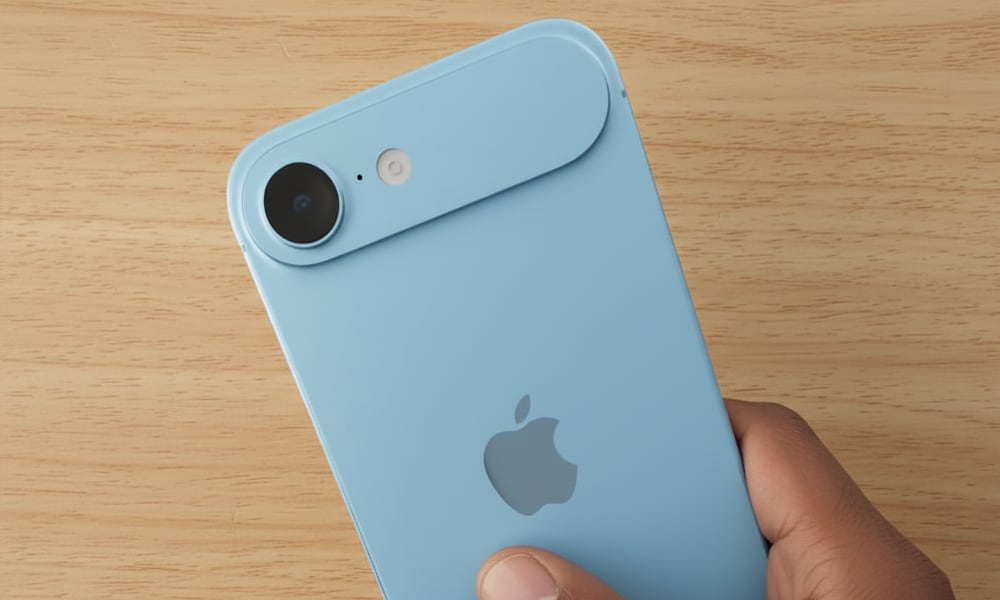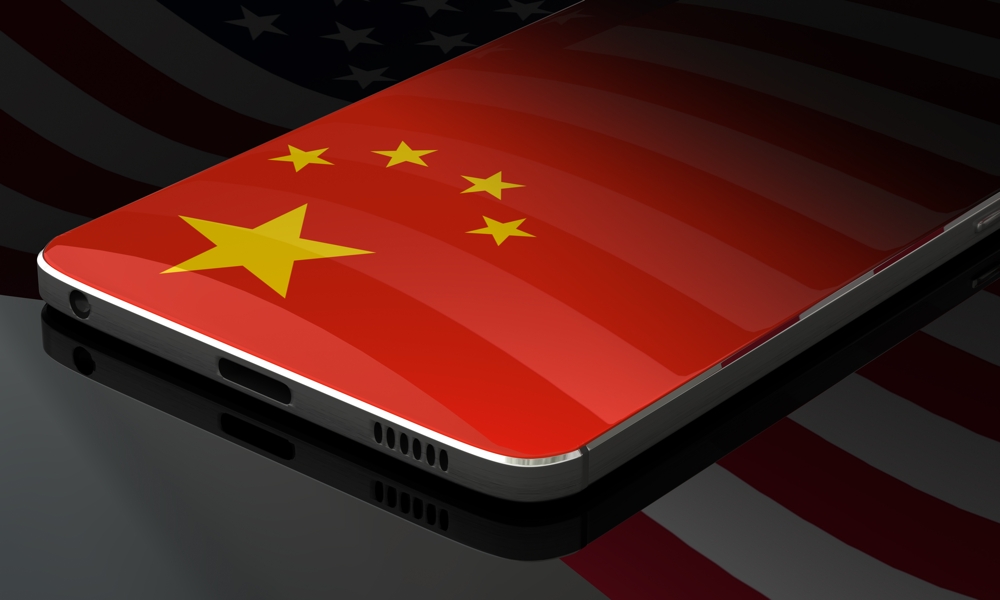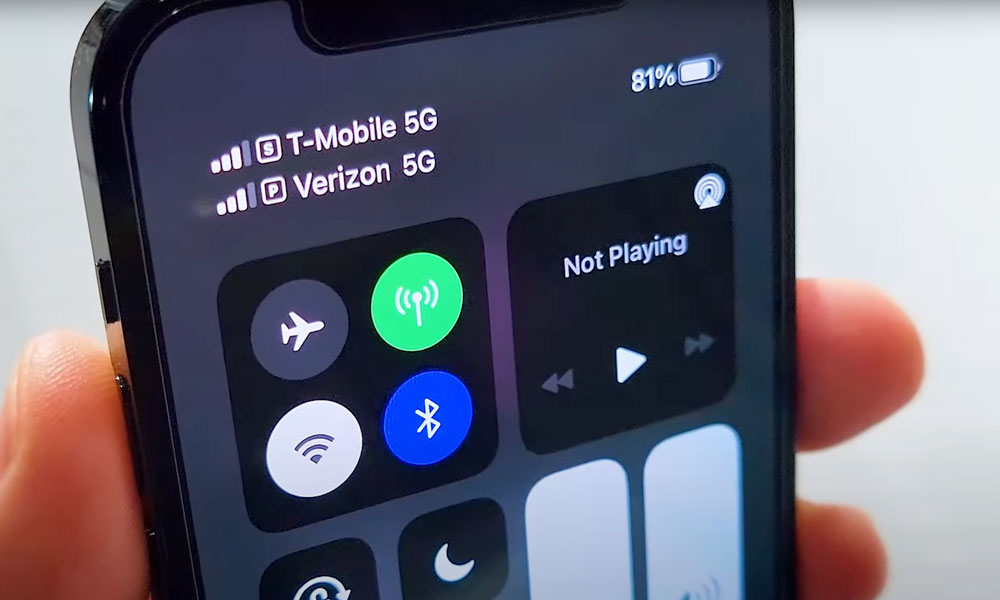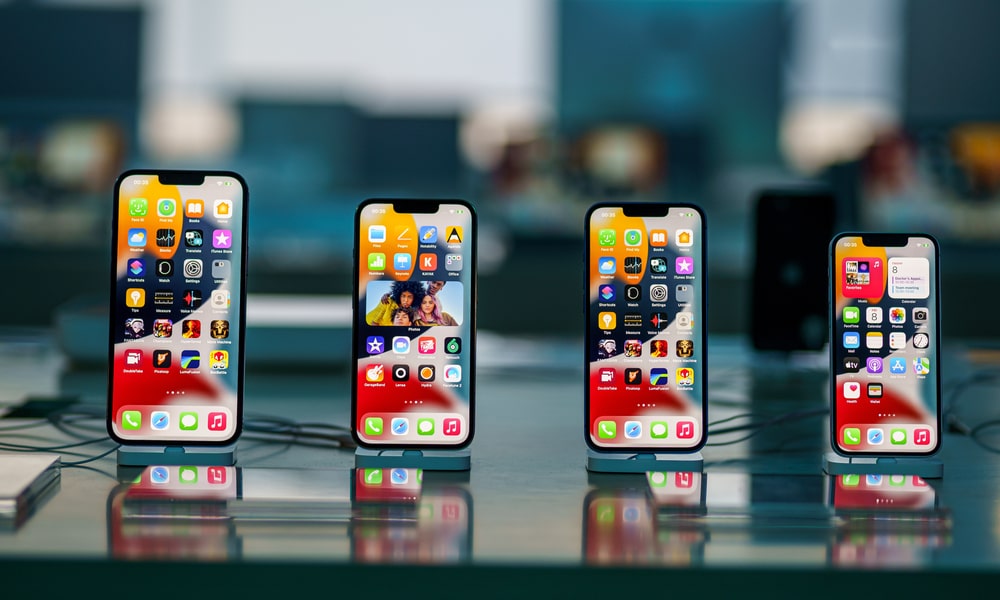Could the iPhone 17 ‘Air’ Kill the Physical SIM Card for Good?

Toggle Dark Mode
Apple has been pushing for the elimination of physical SIM cards for years, and it appears that 2025 could be the year it gains significant ground, with several reports indicating that it’s preparing to go all-in on eSIM in even more countries.
Perhaps unsurprisingly, the driving force behind this move may be Apple’s new ultra-slim model, the so-called “iPhone 17 Air.” That makes sense, as the bulky SIM card slot would likely be among the first things to cut out of an iPhone to slim it down.
Reports of the new model lacking a SIM card slot go back to last fall, when The Information reported that there were no prototypes of the “iPhone 17 Air” with a SIM card tray. Apple may have added one later in the process, but it’s unlikely to have any room for it.
The bigger question is whether that will result in limited availability of the ultra-slim model internationally. While most countries don’t have a legal requirement that devices have a physical SIM card slot, China is the notable exception. Although there’s no explicit law or regulation, the regulatory framework effectively creates a de facto restriction, as all smartphones sold in China must obtain a Network Access License (NAL) and a State Radio Regulation of China (SRRC) Type Approval Certificate from the Ministry of Industry and Information Technology (MIIT). The process is somewhat opaque, but most analysts believe the MIIT has created a barrier to eSIM adoption by refusing to approve any devices that don’t include a physical SIM.
This could prevent Apple from selling an “iPhone 17 Air” (or any other iPhone) in China unless it contains a physical SIM card slot. However, the MIIT has publicly stated that it has been studying the use of eSIM technology and has already granted approval for eSIM-only IoT devices and smartwatches, such as the Apple Watch. Perhaps Apple could break new ground by making the “iPhone 17 Air” the first eSIM-only smartphone to be sold in China.
Still, this leads us to wonder if Apple will do the same for its other iPhone 17 models. While the iPhone 17 Pro and iPhone 17 Pro Max are expected to undergo a noticeable redesign, they’re unlikely to become any smaller, and the iPhone 17 is expected to retain a similar appearance to the iPhone 16. That leaves plenty of room for a SIM slot, but it’s also important to remember that Apple hasn’t included this slot on new iPhones sold in the US since the iPhone 14 lineup ditched it nearly three years ago.
Apple has been using eSIM in the Apple Watch since 2017, when the first cellular models arrived with the Series 3. The 2018 iPad Pro adopted it the following year, at the same time as the iPhone XS and iPhone XR, with every model sold outside of China using an eSIM and a physical SIM to offer dual-SIM support. Those in China had two physical SIM slots instead, as eSIM hadn’t really caught on with Chinese mobile providers at that time.
Nevertheless, Apple kept a physical nano-SIM card slot on the iPhone and iPad for another 4–5 years. The iPhone 13 lineup introduced a second eSIM, allowing customers to configure two lines without needing a physical SIM, which was eliminated entirely on the US iPhone 14 models in 2022. Apple began following suit with the iPad lineup in 2024.
By the time Apple began selling eSIM-only iPhones in the United States, every major US carrier (and most MVNOs) had comprehensive support for eSIM. While that was also true for other countries, such as Canada, Australia, and the UK, unlike the US-only iPhone models, those manufactured for sale outside the US covered a much broader range of countries, not all of which had joined the eSIM party. For example, while the iPhone 16 models made for the United States are sold exclusively in the US, those made for the Canadian market are also sold in Bahrain, Iraq, Guam, Japan, Jordan, Kuwait, Mexico, Oman, Qatar, Saudi Arabia, the United Arab Emirates, and the US Virgin Islands. Australia and the UK are also just two of 180 other countries where the same iPhone 16 models are sold, from Afghanistan to Zimbabwe.
After all, while most carriers in Canada and the UK would prefer you to use an eSIM, you’ll likely have a much harder time finding one in Turkey — where they’ve effectively been banned — or even many other Middle Eastern, African, or South American countries.
That said, Apple may be planning to adjust its lineup to accommodate eSIM-only iPhone models in more locations. For example, there’s no real reason why the US iPhone 17 models couldn’t also be sold in Canada; the current US iPhone 16 model supports all the Canadian sub-6GHz 5G frequencies, with the only additional ones being the higher-frequency (and faster) mmWave bands. The Canadian iPhone 16 has two extra LTE bands, but these are not used in Canada; they’re included for other countries where that model is sold, such as Japan.
At the very least, it appears that Apple is preparing iPhone retailers in the European Union for an eSIM-based future. A source told MacRumors that “retail employees at Apple Authorized Resellers in the EU are required to complete a training course related to iPhones with eSIM support by Friday, September 5.” Since the course material is in Apple’s global training app, it’s possible this could extend beyond the EU.
While Apple’s requirement that retail employees be trained on iPhones with eSIM support doesn’t automatically mean the physical SIM card slot is going away, the timing is interesting. The iPhone 17 lineup will be announced next Tuesday, and if Apple follows tradition, it will begin landing in stores on Friday, September 19. The training could simply be preparing for a world where eSIMs are more common than before, and we also don’t have any information to suggest that this isn’t just a refresher on previous training that occurs before any other major iPhone launch.
Nevertheless, it dovetails nicely with other reports we’ve heard that the physical SIM card slot will be removed in more places, particularly where the ultra-slim “iPhone 17 Air” is concerned. That new model might even be a test bed, with Apple willing to risk sacrificing a few sales of the new model to push both its ambitions for elegant thinness and the future of eSIM into emerging markets. As long as it doesn’t eliminate the physical SIM card from its other models in those places where eSIMs are scarce, customers will still have three iPhones to choose from.
[The information provided in this article has NOT been confirmed by Apple and may be speculation. Provided details may not be factual. Take all rumors, tech or otherwise, with a grain of salt.]










